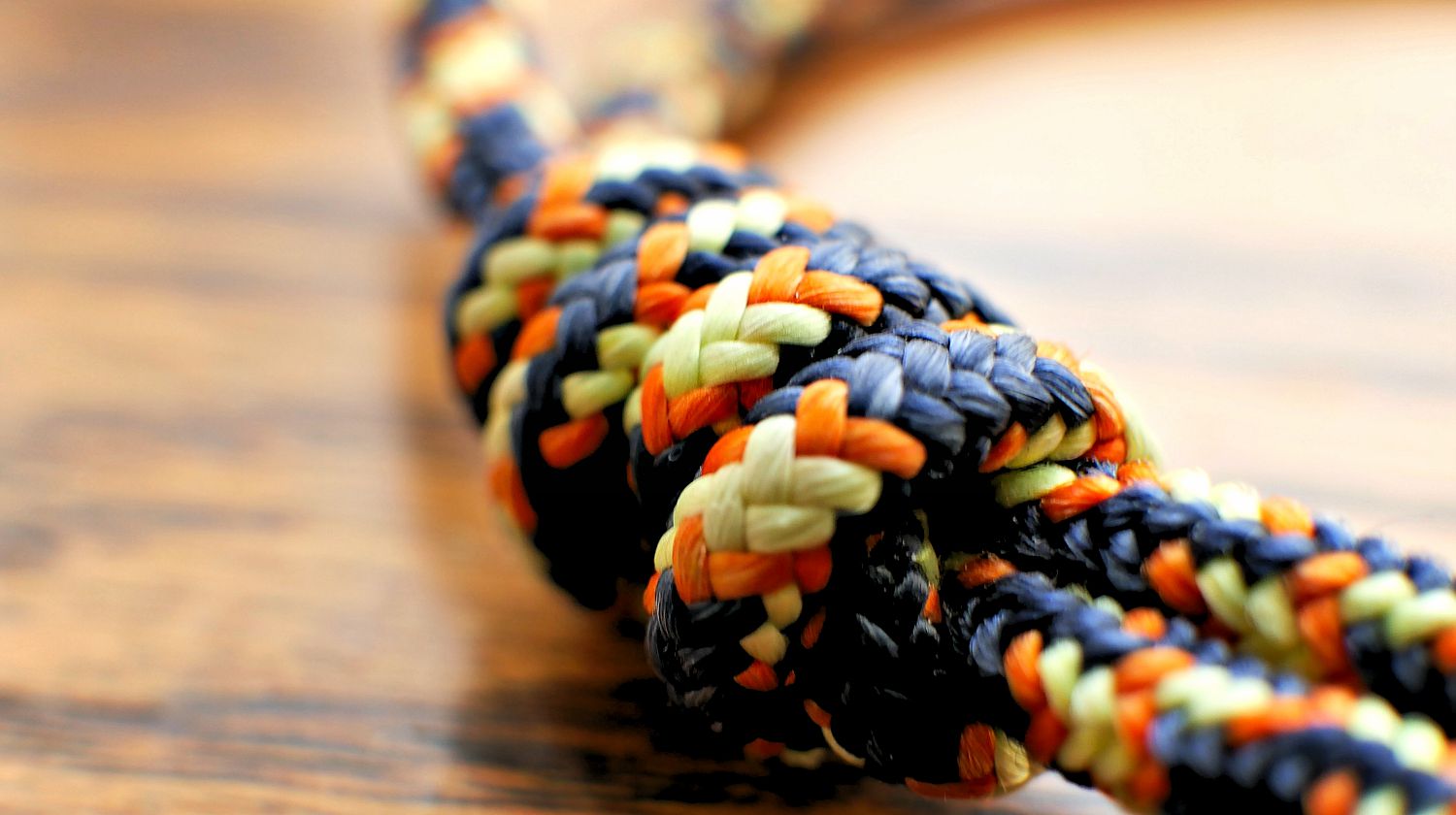Before you get onto the fun stuff, it’s useful to know a few things about the different types of knots you'll be learning. There are hundreds of cool knots out there, all with different names and variations of the original version. Usefully, most of the knots are described in their name, and so if you know a few basic terms, you’re more likely to understand what they are used for, how and why.
- The knot
- The hitch
A hitch is used to tie a rope to another object; like tying a washing line to a tree or securing your dogs’ lead to a post.
Knowing a few basic knots for camping will enable you to secure tarps and shelters, fasten guy lines on tents, tie down gear on the car and fix up lines for drying washing or hanging lanterns.
However, they will also equip you with the ability to mend things that break, or to adjust things to the conditions: a tent pole that has snapped in high winds can be lashed together for a temporary fix, guy lines that need securing to a more solid stake can be lengthened.
And then there is the ability to create cool stuff with your newly learned knots. A tripod for a washing up bowl or a drying rack for your camping cookets.
Along with the knowledge of what camping knots to use and what camping knots not to use, you will also need to make sure that camping rope is on your checklist. It's a good idea to have a few different types of rope in your gear bag as you never know what you might need it for. For some things, a simple ball of string will do just fine. This breakdown will help you figure out the different types of rope that are available.
Once you have mastered the best knots for camping and have understood their importance in your camp skill tool kit, you can start branching out and start learning how to make cool things for your campsite using these newly learned camping knots. Check out these ideas for things to try. The kids will love them and they'll be kept busy for hours!

